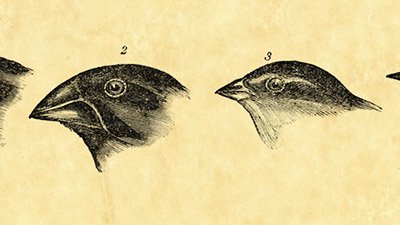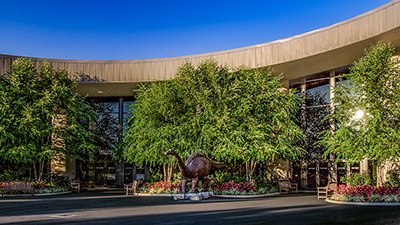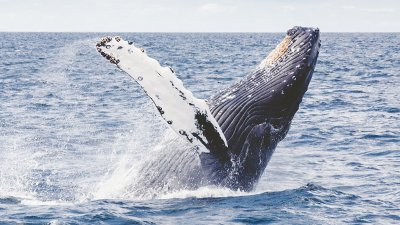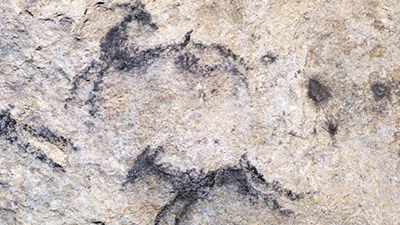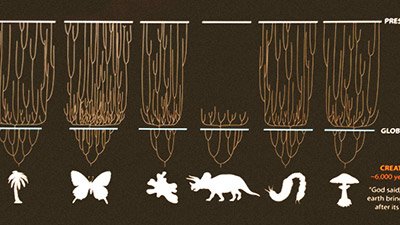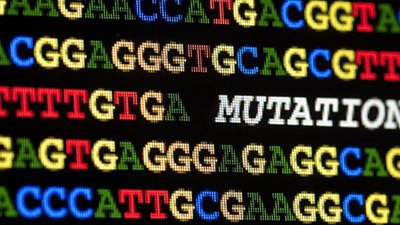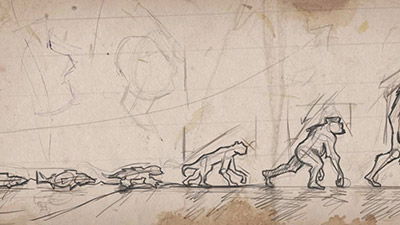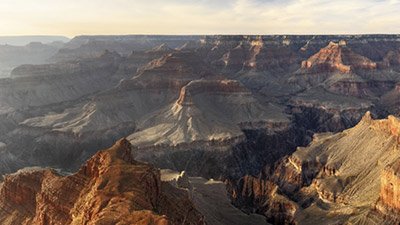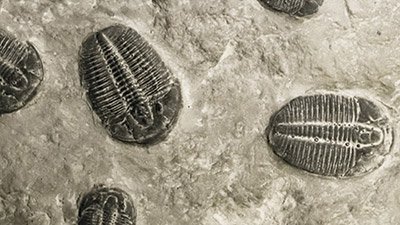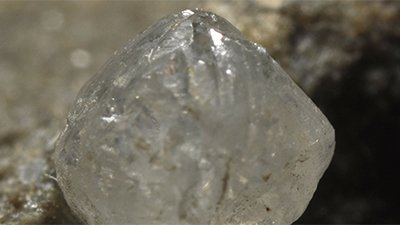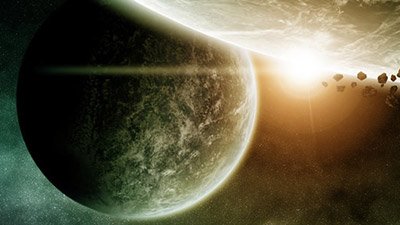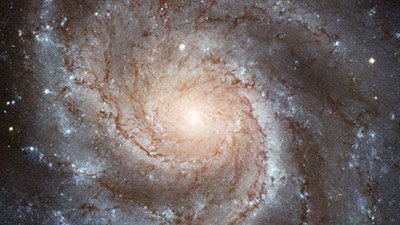Museum Guide

Are you exasperated by all the hype about "millions of years" in secular museums? The Museum Guide will help! It tells the true history about dinosaurs, plate tectonics, the Stone Age, the Ice Age, human origins, and more.
Come back each week to read a new section of this online book or buy the complete Museum Guide now!
Contents
-
Before You Go to the Museumpp. 7–24
“Evolution” and “millions of years” stories abound throughout many museum presentations.
-
What Is Science?p. 9
The kind of science that we normally think of as science (called “operational science”) is a wonderful tool.
-
-
Corruption (The Fall)pp. 12–14
God’s creation was perfect; there was no sickness, pain, or death. But this perfect creation did not last long.
-
Catastrophe (The Flood)pp. 14–16
The sons and daughters of Adam and Eve continued to turn their backs on their Creator and do their own thing.
-
-
Hall of our Exciting Earthpp. 145–200
This section of the guide deals with exhibits of the many geophysical features of our earth. It also deals with the various dating methods.
-
Those Wild and Woolly Mammothsp. 183
The extinction of the woolly mammoth, and many other Ice Age mammals, is presented as a mystery in most museums.
- © 2025 Answers in Genesis
- Privacy Policy
- Contact
- About





